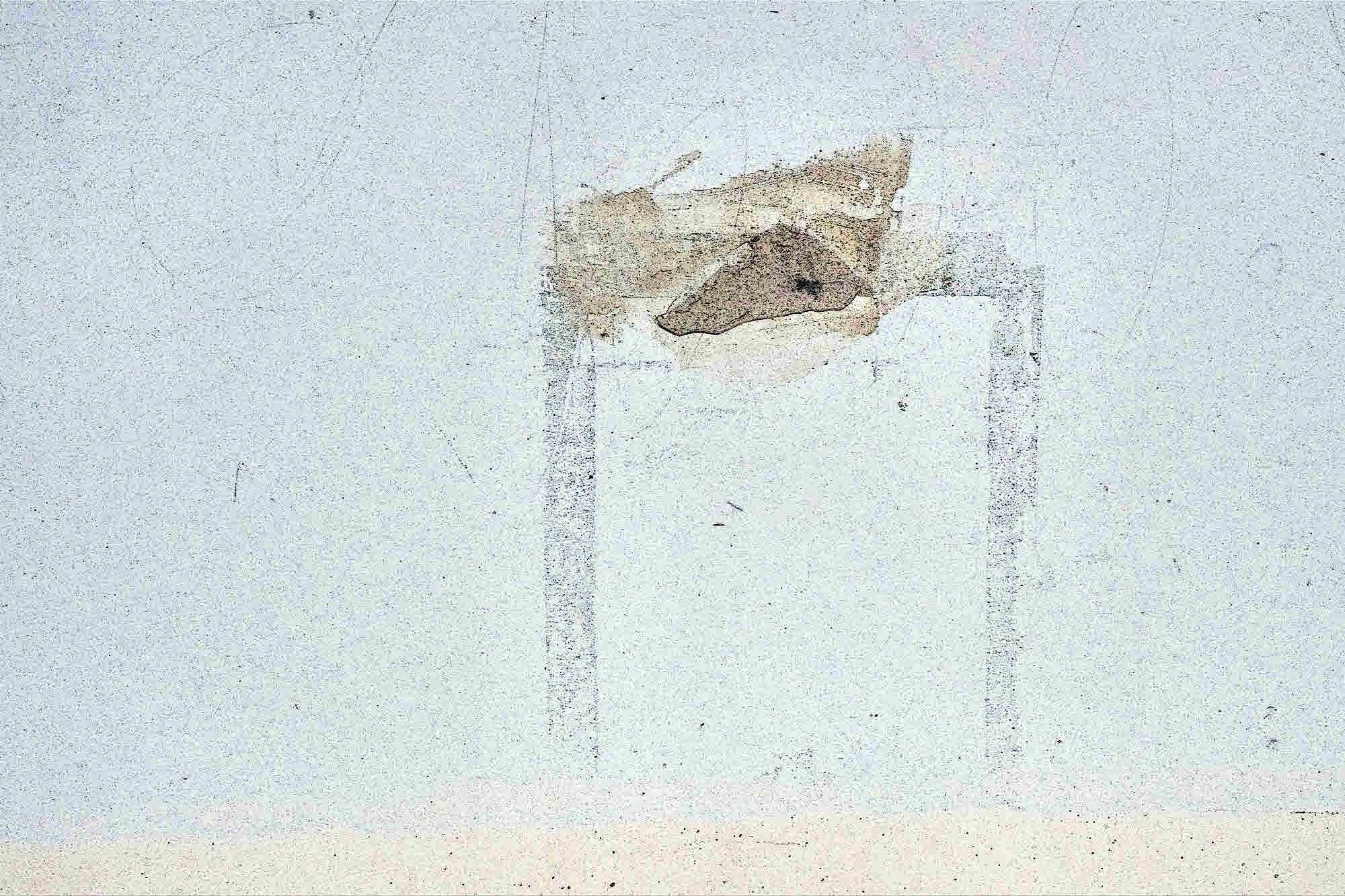Ice dandruff. Frost droppings. Phase-change dust bunnies.
What glaciers leave behind when they become airborne.
It can be anything, but — wouldn't you know — it's most likely to be sand, gravel, gritty sludge, cobbles, small boulders, medium boulders, large boulders, and giant boulders.
Some of this stuff comes from whatever it is that a glacier is pushing around, some falls into streams flowing under a glacier, some collects in ponds or lakes near or beneath a glacier, a certain amount comes from a glacier's back, and, well...like that.
"Glacial till" (another name for this stuff) falls directly out of the ice (as it melts, just before it gets all liquid and runs away downhill or before it evaporates into the sky and flies away on teenytiny molecular wings), and so glacial till isn't nicely layered or sorted by size and weight the way stream debris is by water flowing at different speeds.
And, what's more (Yay! Love this stuff! Free facts!), even in otherwise glaciated country there are areas without drift, such as the southwestern quarter of Wisconsin, a pretty heavily glaciated state (and home of the Ice Age Trail, for crying out loud). There, in the southwest, undisturbed streams have sluiced, ice-free, for hundreds of millions of years and have cut the landscape into myriads of narrow ancient valleys and ridges. And there is no glacial drift at all, because the land there has never been invaded by glaciers. True! Ever so true!
Wow.
See tabs at the top for definitions and books.
Have anything worth adding? Then try sosayseff+eff@gmail.com
Me? Just got my semi-annual scraping. Feels good.
